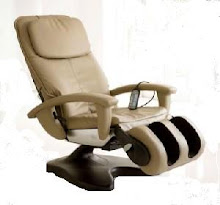The oldest types of shoe insole were made from leather or cork and they provided a basic shaping to the contour of the foot, but little else.
Over recent years, more advanced materials have been used for this purpose and they include memory foam, latex and gel.
All of these materials have seen numerous applications in the orthopedic product market and particularly in beds, bedding and mattresses.
Memory foam insoles are made from the same visco elastic memory foam that is widely promoted for mattresses and if offers the same properties. This means that it can shape and mould itself to the unique shape of every foot. This is particularly significant because very few people have identical, but laterally reversed. feet.
Most people will have one foot smaller than the other and there may be some shape differences too. An insole made from memory foam will cater for these differences and balance the feet out.
If you buy a memory foam insole you need to get the highest density (i.e. kg per square metre, or pound per square inch) as possible. Low density foams may feel soft and padded initially, but they will soon fail to recover there original profile and will become hard and of little use.
Latex insoles offer the same kind of padding and supporting solution as memory foam, but they have been around for a longer period of time. Natural latex is superior to the cheaper synthetic variety.
Gel insoles are increasingly common and they come in a variety of types.
Some gels are in a liquid form and will squash and compress easily, whilst others are set and offer a less “fluid like” movement.
Some gel insoles have a profile that takes account of the arch of the foot and some offer what is described as a massaging sensation. It is also possible to buy gel foot cushions that can be positioned under a certain part of the foot, or to buy heel cups or heel pads. You can even find special toe separators that ensure that one toe does not roll over another.
For more information on insoles, special shoes and the like, see the page linked below: http://www.ggfootcare.co.uk/store/content_cat/15. It covers shoe inserts and information about them.

No comments:
Post a Comment